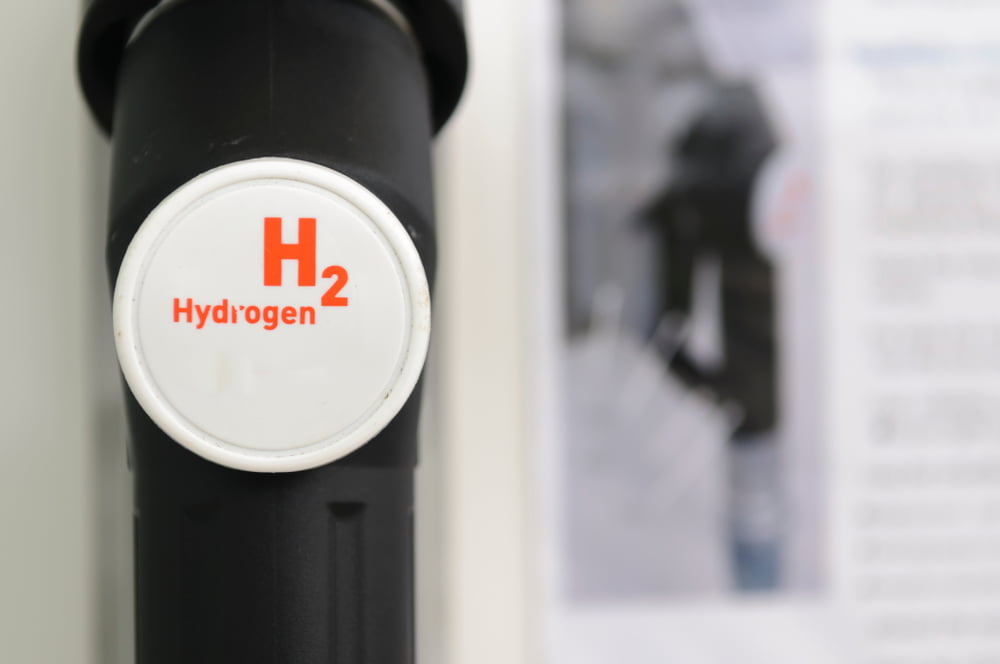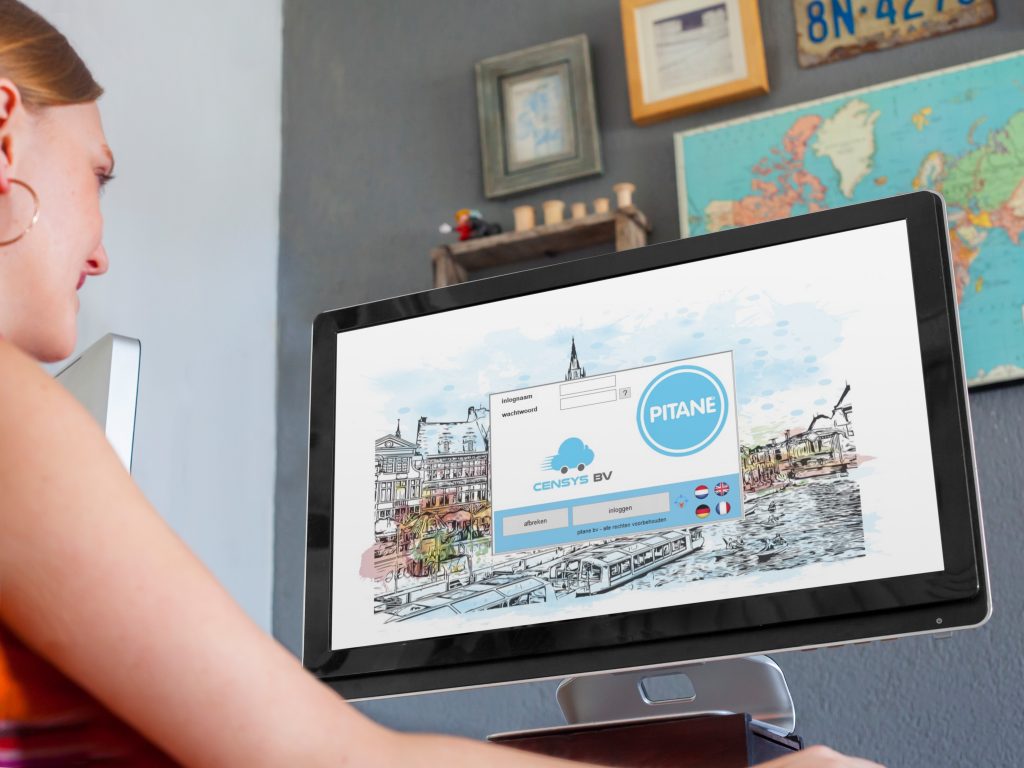We can conclude that there is still far from a nationwide network for hydrogen infrastructure. This obviously hinders the roll-out of hydrogen vehicles. Members of the House of Representatives also note that it is time for answers to some questions. The VVD members indicate that they hear too little from the cabinet,
while in their view it offers great advantages to have an opaque infrastructure for road and water transport.
In the context of the first two tenders of the Climate Demonstration Scheme
Technologies and Innovations in Transport (DKTI), 19 hydrogen filling stations will be realized, according to Cora van Nieuwenhuizen. Three of these filling stations have now been completed, bringing the total number of hydrogen filling stations in the Netherlands to five. For the 16 petrol stations that will be realized in the context of
the DKTI, according to the Minister of Infrastructure and Water Management, the companies involved are expected to be operational before the end of 2021.
The third tender of the DKTI scheme will also provide opportunities for the realization of hydrogen filling stations within the framework of both the existing project categories, testing ground and co-financing, as well as the new project category learning by using. Minister van Nieuwenhuizen expects to open the third tender for the DKTI scheme in early 2021.
passionate people like Lisa
Builds together with passionate people such as Commercial Manager Hydrogen Lisa Shell hydrogen stations throughout the Netherlands. Shell has the knowledge, technology and ambition to play an active role in the changing demand for energy. The urgency is clear to everyone. The industry has been working with hydrogen for decades, including our refinery in Pernis. Now is the time to bet bigger, because it fits so well in a mosaic of solutions: sun, wind, fossil, electric. Hydrogen plays a key role in the success of the Dutch energy transition. And then preferably green hydrogen, made with electricity from wind or sun and without CO₂ emissions.
less successful than expected
This is mainly due to the fact that we are still in the learning phase,
involving both the developers of petrol stations and the licensing authorities
gain experience with hydrogen refueling infrastructure. The DKTI is the right thing
instrument to respond to this because they are in addition to realizing individual
pays particular attention to the identification of bottlenecks and investments
sharing knowledge and experiences in this regard.
“In general, I conclude that the development of hydrogen filling stations
less smoothly than what investors have at project start
expected. ”, said Cora van Nieuwenhuizen in a letter to the Lower House.
In addition, experience with the first two tenders shows that a lack of sufficient first customers in particular is a bottleneck for the roll-out of hydrogen filling stations. With the introduction of the new project category learning by using, the DKTI is responding to this by offering the option of subsidizing (initially) small fleets of trucks. By allowing users to gain experience with its use in normal operational activities, process innovation is promoted and the total cost of ownership of a hydrogen truck can be reduced. This will
also have a positive effect on the demand for hydrogen filling stations.
Also read: Europe is making way for EV, hydrogen and home batteries




